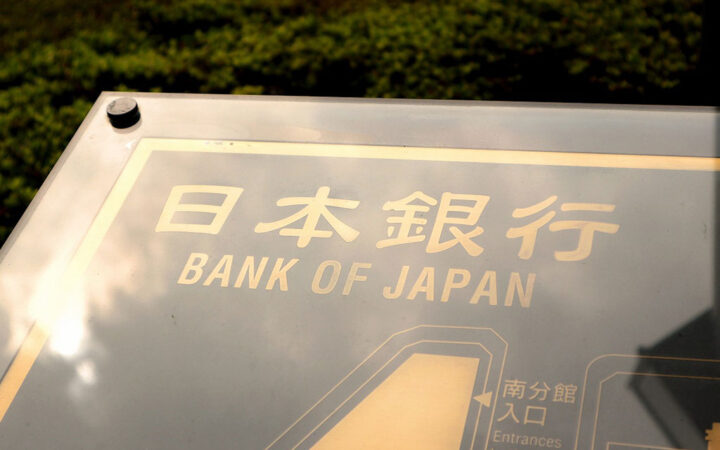
In December 2016, the Bank of Japan (BOJ) and the European Central Bank (ECB) launched a joint research project called “Stella” to “assess the applicability of Distributed Ledger Technology (DLT) solutions in the area of financial market infrastructures”.
According to the report, the project is believed to contribute to the ongoing broader debate concerning the usability of DLTs (or blockchain techs) for financial market infrastructures.
The three main findings of the joint analysis include:
- DLT-based solutions could meet the performance needs of a Real-Time Gross Settlement (RTGS) system: a DLT application could process volumes of payment requests comparable to those routed to RTGS systems in the euro zone and Japan. Real-Time Gross Settlement (RTGS) system allows banks to immediately send one another low-volume, large-value transactions.
- DLT performance is affected by network size and distance between nodes: the well-known correlation between network size and performance really exists. The analysis showed, that the time required to process transactions increased with the distance between sets of validating nodes. Similarly, system parameters, such as the number of transactions grouped together in a block and the minimum interval needed to create a new block, affect overall latency. Node configuration and parameters should also be taken into account, depending on the application needs.
- DLT solutions have the potential to strengthen resilience and reliability: The analysis, while not exhaustive, indicated the potential of a DLT network to withstand issues such as (i) validating node failures and (ii) incorrect data formats. As for the node failures, the testresults confirmed that a validating node could recover in a relatively short period of time irrespective of downtime. The impact of transaction requests with incorrect formats, in its turn, can be managed by smart contracts.
In such a manner, if taking into consideration the three main findings described above, it’s possible to say, that a thorough set of results produced by joint analysis provide a number of reasons to be optimistic about the capabilities of DLT within the area of payment systems.
However, it is important to remember that the work has been conducted in a test environment, so any assumptions regarding the capacity for DLT usage in production should not be made from this report.
In this relation the authors of the report state:
“Safety cannot be assessed by means of an all-encompassing test since any payment system is subject to a wide range of sometimes unpredictable threats. Furthermore, a lack of documentation such as detailed explanations of functionality in certain components, test coverage and reliability highlights the immaturity of the DLT set-up at this stage.”
In such a way, while there is a number of banking institutions that either plan to adopt or have already adopted blockchain technology for their transaction and document needs, this report indicates that the technology may not be functional enough at this stage of development so as to serve the needs of large scale and national banks.






